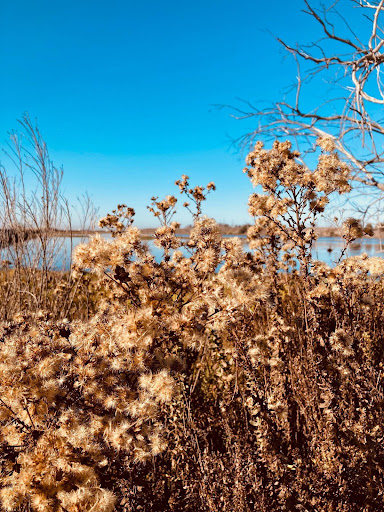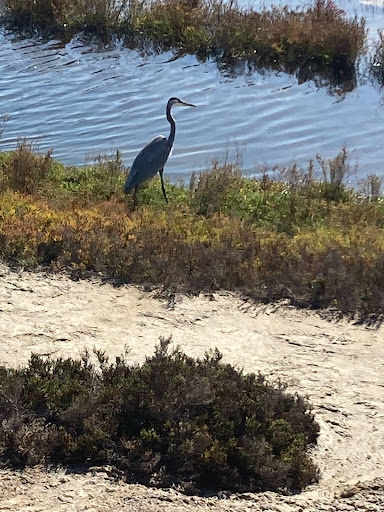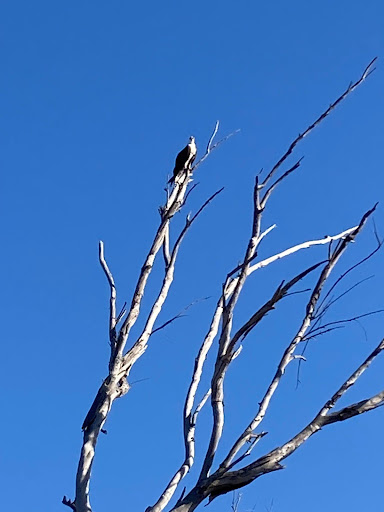December 6, 2021
We all need nature.
The Sierra Club creates opportunities for everyone to experience the transformative power of the outdoors. Getting out into nature improves our mental, physical and social health and encourages us to take an active role in protecting and preserving the environment—this is especially true for our young people.
The Angeles Chapter is thrilled to be leading day hikes again as we slowly and cautiously begin to reopen in-person activities. Our dedicated outing volunteers are leading hikes weekly all across our region (browse hikes and activities here). Join us and fall in love with a new corner of the world, even if it’s in your own backyard.
The following is a report and photos from a local Long Beach student who attended one of the chapter’s regular hikes at the Bolsa Chica Ecological Preserve. A huge thank you to Wilson High biology teacher Ms. Cunradi, who often encourages students to join her on our hikes, and to Nick for his thoughtful write-up. We hope to see you back out on the trails soon!
Nicolas Hayes
11/23/21
Per. 8
The Bolsa Chica Wetlands
Bolsa Chica is a beautiful natural public ecological reserve where you can find lots of birds that migrate from every direction.
I recently visited Bolsa Chica on my trip with the Sierra Club where we walked throughout the reserve. On our first stop of the tour we were shown dirt mounds that BMX riders used to jump off of with bicycles, it was perfectly fine a few years ago although now it is illegal.
In Bolsa Chica, you might see a lot of wildlife such as Coyotes, Snakes, Fish, and Lizards, but most of them are different types of birds. On my trip, I saw American white pelicans, mallards, buffleheads, willets, great egrets, snowy egrets, osprey, turkey vultures (which distinguish themselves from hawks because they have white beaks), California gulls, elegant terns, and some black skimmers.
Bolsa Chica used to be Native American land, and believe it or not, the natives used to use plants and wildlife in the area to make food. Some of these plants include buckwheat, which the people would use as a substitution for flour and most of them were able to make bread with it! Another plant found in the reserve is pickleweed which by itself is indeed edible, but most natives used it in meals as a side or part of the main dish.
The birds in the area are all kinds of different colors, sizes, and they all have different features, for example, snowy egrets have yellow legs while on the other hand, great egrets do not have yellow legs like other birds. All of the birds lay eggs and most of them plant their eggs under the sand so that predators and other birds do not eat or take them. Most of the birds have different shaped and sized beaks so that there is no competition for food among the wildlife here.
Overall, Bolsa Chica is a great place to see wildlife and nature without any human construction to get in the way. One of the main goals of the Sierra Club is to stop drilling oils near the ocean. A few months ago there was an oil spill near Huntington Beach, CA and they even had to cancel an air show because of it, luckily the Sierra Club was there and they were able to stop it. I agree with these actions and I would love to revisit the Bolsa Chica Wetlands sometime in the future.



Photos by Nicholas Hayes
